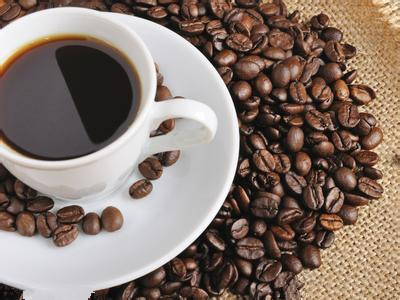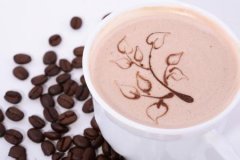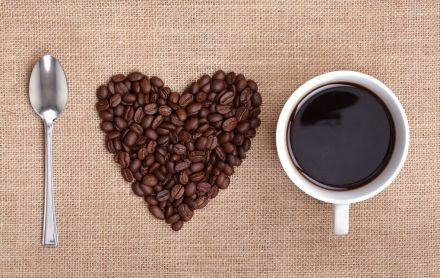How to evaluate coffee and coffee evaluation like a certified appraiser
The Art of Coffee:

1. The recommended cup is a 5-to 6-ounce coffee cup. The glass should be kept clean and have no obvious smell.
2. Baked color should be light or medium light, preferably measured with a colorimeter. Samples should be baked within 24 hours prior to cupping and then allowed to sit in sealed containers for at least 8 hours.
3. Grind coffee beans immediately prior to cup testing and no more than 15 minutes after injection. Granules should be slightly coarse, with 70% to 75% passing through a standard U.S. No. 20 sieve. Before filling, the cup tester should evaluate the aroma of the dry powder by smelling it.
4. The brewing ratio is generally 8.25 grams of coffee with 150 ml of water, and the error is controlled within a quarter of a gram.
5. Brewing water must be clean, odorless and not distilled or soft water (ideal level of total dissolved solids is 125 to 175PPM). The water temperature should be 200 degrees Fahrenheit and the brewing time should be 3 to 5 minutes without stirring.
6. After the press residue is soaked, the floating coffee powder will form a layer of "skin" on the surface. Press the powder into the bottom of the glass with a special evaluation spoon and gently stir. Smell the moist aroma as the steam rises. The final aromaticity score of coffee is a combination of dry and wet aromaticity scores.
7. Tasting Cool coffee to 160 degrees Fahrenheit, remove the coffee grounds floating on the surface, sip loudly into the mouth, so that the coffee liquid fully covers the entire mouth, evaluate its taste and aftertaste. At about 150 degrees Fahrenheit, coffee is rated for acidity, body, and balance (i.e., a combination of taste, aftertaste, acidity, and body). As coffee cools to room temperature, begin rating sweetness and uniformity, as well as clarity--meaning whether coffee has a negative impression from the moment it enters the mouth to the moment it is spat out. All the scores add up to give an overall score.
Important Notice :
前街咖啡 FrontStreet Coffee has moved to new addredd:
FrontStreet Coffee Address: 315,Donghua East Road,GuangZhou
Tel:020 38364473
- Prev

Detailed analysis of the ingredients of coffee beans general knowledge of fine coffee
Moisture: the water content of coffee beans varies greatly with different processing stages and products. The moisture content of wet coffee beans with film is about 50%, while that of dried raw coffee beans is about 10%-13%. The water content of roasted coffee beans is only less than 5%. The existence of water in coffee beans is the same as other kinds of food and beverages, because it contains a considerable amount of hydration colloid macromolecules.
- Next

Top 10 Taste Secrets of Fine Coffee tasting
Have you ever studied the taste distribution map? Sweet taste buds at the tip of the tongue; bitter taste buds at the root of the tongue; sour taste buds on both sides? In fact, this is completely wrong. The root of the misinformation lies in the fact that when someone translated the German research report into English, the translator himself misunderstood it. The truth is: you can taste everything in every part of the tongue, although the sensitivity may be different. [fifth feeling] the crowd
Related
- Beginners will see the "Coffee pull flower" guide!
- What is the difference between ice blog purified milk and ordinary milk coffee?
- Why is the Philippines the largest producer of crops in Liberia?
- For coffee extraction, should the fine powder be retained?
- How does extracted espresso fill pressed powder? How much strength does it take to press the powder?
- How to make jasmine cold extract coffee? Is the jasmine + latte good?
- Will this little toy really make the coffee taste better? How does Lily Drip affect coffee extraction?
- Will the action of slapping the filter cup also affect coffee extraction?
- What's the difference between powder-to-water ratio and powder-to-liquid ratio?
- What is the Ethiopian local species? What does it have to do with Heirloom native species?

